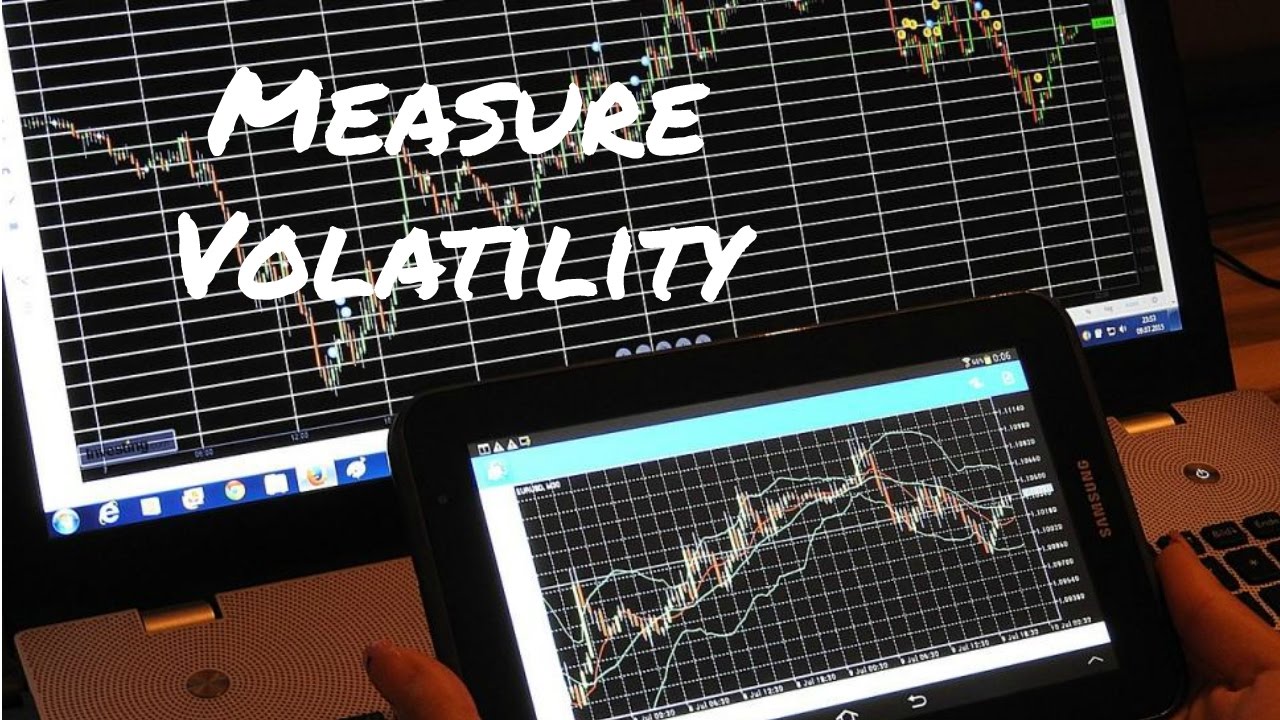

For forex traders, volatility in the forex market is not simply chaotic change. Even within seemingly meaningless swings in value, trends and patterns emerge as market participants try to make sense of the price action. Volatility is a measure of the degree of change in the value of a currency, currency pair or the forex market as a whole. Volatility is most commonly referenced when a currency has seen sharp changes in value compared to many of the other currencies in the market.
There are two types of volatility; historical volatility equals to standard deviation of an asset values within specified time frame, calculated from the historical prices. Expected volatility is calculated from the current prices on the assumption that market price of an asset reflects expected risks. Volatility is regarded by forex traders as one of the most important informational indicators for decisions on opening or closure of currency positions. It could be appraised through following financial indicators: Bollinger Bands, Commodity Channel Index, Average True Range. All of them are integrated in popular trading platforms.
In essence, an important factor to take into account when trading is that the risk involved in holding each position depends significantly on the amount of volatility experienced in the currency pair’s exchange rate during the time frame that the position is being held. Volatility generally depends on the swings observed in the exchange rate for a currency pair. It can be measured for past data by reviewing the level of past or historical volatility or also by plotting the Bollinger Bandsaround the exchange rate. Some traders also estimate future volatility by looking at the level of implied volatility used to price options on that currency pair.
Volatility is often viewed as a negative in that it represents uncertainty and risk. However, higher volatility usually makes forex trading more attractive to the market players. The possibility for profiting in volatile markets is a major consideration for day traders, and is in contrast to the long term investors’ view of buy and hold. Volatility does not imply direction. It just describes the level of fluctuations (moves) of an exchange rate. A currency pair that is more volatile is likely to increase or decrease in value more than one that is less volatile.
Liquid markets such as forex tend to move in smaller increments because their high liquidity results in lower volatility. More traders trading at the same time usually results in the price making small movements up and down. However, drastic and sudden movements are also possible in the forex market. Since currencies are affected by so many political, economical, and social events, there are many occurrences that cause prices to become volatile. Traders should be mindful of current events and keep up on financial news in order to find potential profit and to better avoid potential loss.
To receive new articles instantly Subscribe to updates.